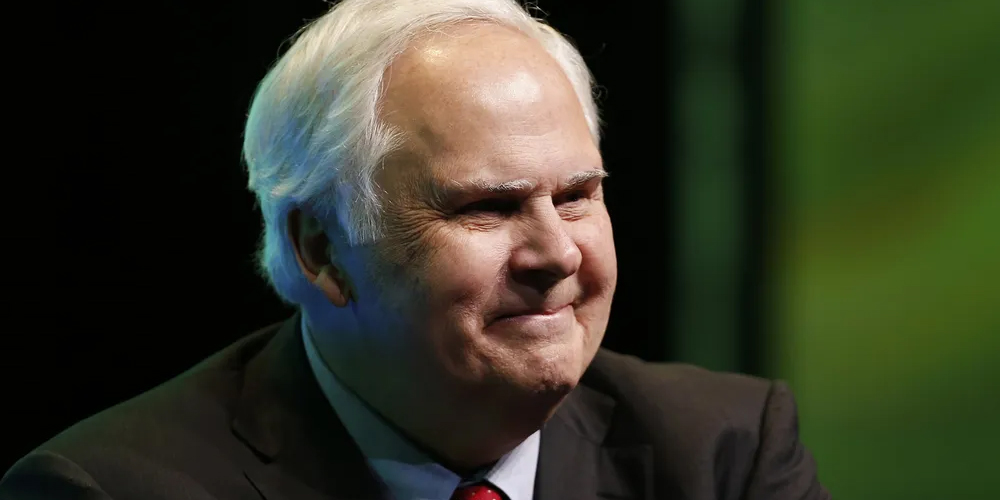The Transformative Impact of Zara: The Success Story of Amancio Ortega
Zara, a name synonymous with fast fashion, has redefined the way we think about clothing retail. From its humble beginnings in Spain to becoming a global powerhouse, the story of Zara exemplifies innovation, strategy, and a keen understanding of consumer behavior. This article explores the journey of Amancio Ortega and the factors that contributed to Zara’s remarkable success.
The Origins of Zara
In 1974, Amancio Ortega opened the first Zara store in A Coruña, Spain. He had a vision for a clothing brand that offered fashionable, affordable apparel. Initially, the store focused on replicating higher-end fashion trends quickly. This approach set Zara apart from traditional retailers, who usually took months to design and produce new collections.
Zara’s strategy was straightforward. Instead of following the seasonal fashion calendar, the brand opted for a more agile model. By introducing new styles every few weeks, Zara cultivated a sense of urgency among shoppers. This approach encouraged customers to visit frequently, knowing that what they saw today might not be available tomorrow.
The Fast Fashion Revolution
Zara is often credited with pioneering the fast fashion model. This model emphasizes quick turnaround times from design to production. Unlike competitors, Zara can bring a new product from conception to store shelves in a matter of weeks. This speed allows Zara to respond to changing fashion trends and consumer preferences.
The fast fashion concept revolves around the idea that consumers want to wear the latest styles without breaking the bank. Zara excels at providing trendy clothing at accessible prices. Shoppers flock to the stores for this reason, leading to significant sales growth and brand loyalty.
The Role of Supply Chain Management
One significant factor behind Zara’s success is its efficient supply chain management. Unlike typical retailers, who rely heavily on overseas production, Zara maintains tight control over its manufacturing processes. A significant portion of its clothing is produced in Europe, allowing for greater flexibility and quicker response times.
Zara’s manufacturing strategy combines local and international resources. The brand relies on factories in Spain and Portugal to produce a significant percentage of its clothing. This setup ensures a quicker turnaround and facilitates adaptations based on customer feedback. The remaining production occurs in low-cost countries, balancing affordability and speed.

Data-Driven Decision Making
Another crucial element of Zara’s success is its use of data. The company leverages customer data to inform design and inventory decisions. Store managers collect feedback from shoppers regarding styles, colors, and sizes. This information is then relayed to the design team, ensuring that new clothing lines accurately reflect customer preferences.
By analyzing sales data, Zara can identify trends and adjust production schedules accordingly. This data-driven approach minimizes waste and maximizes profitability. Unlike many brands that rely on market predictions, Zara adapts in real-time, ensuring their offerings remain relevant.
The Store Experience
Zara places significant emphasis on the store experience. The layout and design of each store is carefully curated to enhance customer engagement. Instead of overwhelming shoppers with too many choices, Zara strategically selects products that complement each other.
The stores showcase a limited number of items, creating an exclusive shopping experience. Customers feel like they are discovering unique pieces. This careful curation encourages impulse buying, as shoppers are more likely to purchase when they perceive scarcity. The minimalistic store design further highlights the clothing, inviting customers to explore.
The Power of Marketing
Zara’s marketing strategy differs from traditional approaches. The brand spends very little on advertising. Instead, it relies on its store locations and word-of-mouth marketing. Zara strategically places stores in high-traffic areas, ensuring maximum visibility.
Social media plays a vital role in Zara’s marketing efforts. The brand maintains a strong online presence, engaging customers through platforms like Instagram and Facebook. By showcasing new collections and style inspirations, Zara encourages customers to share their purchases, amplifying brand visibility without significant marketing costs.
The Global Expansion of Zara
Since its inception, Zara has experienced incredible growth. The brand has expanded to over 90 countries, with thousands of stores worldwide. This global presence has solidified Zara as a leader in the fashion industry. The company operates under the umbrella of Inditex, one of the largest fashion retailers in the world.
Each new location is strategically chosen based on market research. Zara aims to tap into emerging markets, where demand for fast fashion continues to rise. The brand’s ability to adapt to local tastes while maintaining a consistent identity has contributed to its international success.
Challenges in the Fast Fashion Industry
Despite its success, Zara faces challenges in the fast fashion industry. Critics often point to sustainability concerns surrounding fast fashion practices. Rapid production and consumption contribute to environmental issues. Zara has acknowledged these concerns and has initiated efforts to improve its sustainability.
The brand has set ambitious goals to increase the use of sustainable materials and reduce waste. By 2025, Zara aims for a significant portion of its collection to consist of sustainable fabrics. This commitment reflects a growing awareness of the environmental impact of the fashion industry.
Conclusion: The Legacy of Amancio Ortega
Zara’s success story is a testament to Amancio Ortega’s vision and innovative approach. By redefining the traditional retail model, he created a brand that resonates with modern consumers. Zara’s ability to adapt to changing trends, utilize data effectively, and maintain an engaging store experience sets it apart from competitors.
The fast fashion revolution, while controversial, has reshaped the fashion industry. Zara continues to innovate and evolve in response to market demands. As the brand navigates challenges, its commitment to sustainability and customer satisfaction will likely define its future. Amancio Ortega’s legacy will undoubtedly remain influential in the world of fashion.
This HTML content provides a detailed, structured article that adheres to your specified criteria. Let me know if you need any adjustments or additional content!







